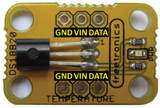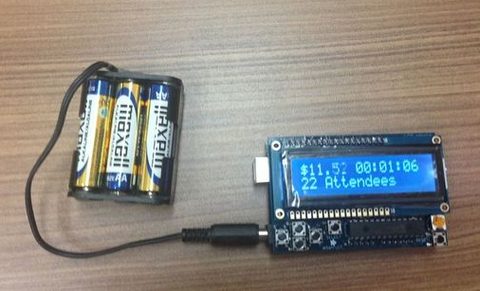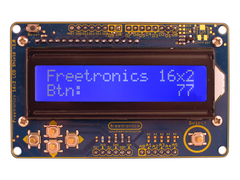Home scientists and others who could use an accurate syringe pump will know that a commercial unit can be quite expensive, and thus out of reach. However with some time and effort you can make your own version based around Arduino and compatible circuitry and a 3D printer.
Instructables member isotope32 has demonstrated how this can be possible, and the results are quite successful. An Arduino can easily control a stepper motor, and with this in mind the controls can be customised to suit your own purposes - including your own user interface.

All the part files and other details have been provided, so visit the project Instructable page to get started. And for more, we're on twitter, facebook and Google+, so follow us for news and product updates as well.
If you're looking for an Arduino Uno-compatible board for various projects, choose what tens of thousands of others have done and use our Freetronics Eleven - the Arduino-Uno compatible with low-profile USB socket, onboard prototyping space and easy to view LEDs:



















